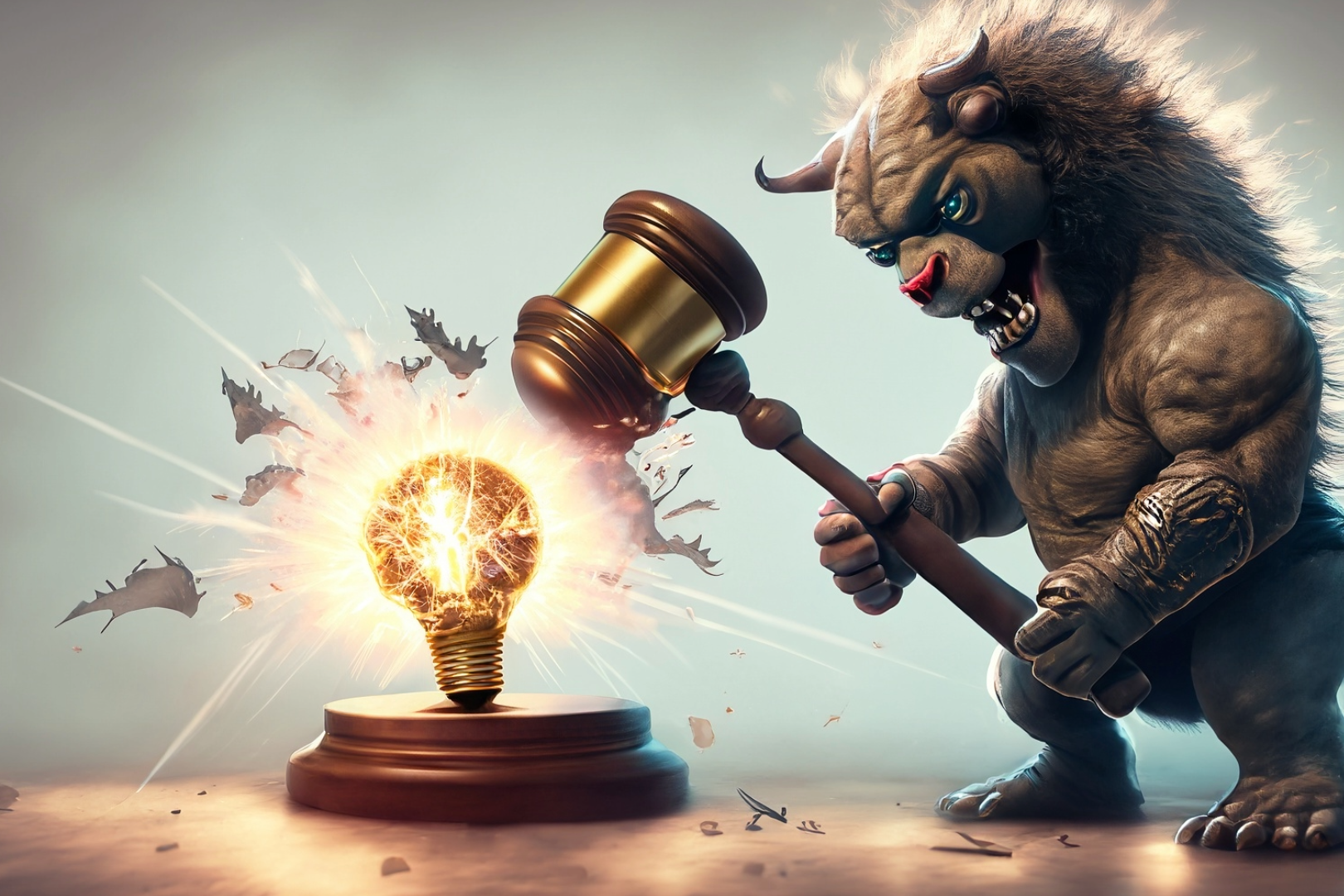
On March 21, 2025, the U.S. Supreme Court gathered for one of its Conference meetings, where the Justices quietly decide which cases to hear and which to dismiss. Their decisions rest largely on memos from clerks—young attorneys who wield enormous influence over which issues make it to the highest court in the land. One such petition, ParkerVision v. TCL Holdings, highlights a gaping national security risk that few Americans even realize exists.
The threat comes through Supreme Court Rule 29.6, a disclosure requirement that demands parties reveal third-party ownership stakes if they exceed 10%. On the surface, this seems reasonable. But in practice, it has become a shield for America’s greatest adversary—the Chinese Communist Party (CCP).
CCP Control of TCL is Concealed
TCL, one of the world’s largest suppliers of “smart” TVs, many flagged as potential spyware by U.S. authorities, has used this loophole to avoid full transparency. The CCP’s stake in TCL sits at 5.5%, just under Rule 29.6’s 10% threshold, conveniently concealing the CCP’s control of TCL from the Supreme Court.
This isn’t just a paperwork issue. China is already the global leader in 57 out of 64 critical technologies that directly impact both America’s economy and national security. Yet TCL’s deep CCP ties remain obscured by an inadequate disclosure rule.
The Supreme Court’s 10% threshold is twice as high as the SEC’s disclosure requirement and completely detached from today’s geopolitical reality. The Court shapes not only legal doctrine but also America’s technological and economic survival. If our Justices are operating in the dark, then China is winning without even setting foot on the battlefield.
Supreme Court Must Address Concealment of Hostile Entities
To protect America, the Supreme Court must immediately update Rule 29.6 to require full transparency of any ownership, control, or financial ties to foreign adversaries, regardless of percentage. This is especially urgent for companies linked to the CCP or other hostile entities designated by the U.S. government.
The truth is no one really knows who owns TCL. Ownership in Chinese firms is deliberately opaque, structured through layers of front companies and offshore accounts. Even if the 10% threshold were lowered, it wouldn’t be enough. The rule must also demand disclosure of voting control, golden shares, veto rights, and merger influence—all of which determine real power, not just share percentages. If the Court fails to act, foreign adversaries will continue manipulating the U.S. legal system from behind a corporate smokescreen.
This disclosure requirement should also extend to any ongoing government investigations or sanctions against entities appearing before the Court. TCL, for instance, has already faced national security scrutiny from both the Trump and Biden administrations for concerns over its technology.
The case in question, ParkerVision v. TCL Holdings, comes from ParkerVision, a publicly traded American company based in Florida and run by U.S. engineers. ParkerVision is a pioneer in radio frequency communications—a technology critical to both America’s military and economic competition with China.
For years, the U.S. has worked to eliminate Huawei and other Chinese firms from our communications infrastructure. Yet, TCL has weaponized the U.S. legal system through a tactic known as Lawfare. It waited until two previous challengers (Intel and Hisense) had settled before filing a validity challenge at the U.S. Patent and Trademark Office (USPTO). Then, it illegally introduced new arguments and evidence mid-proceeding—a violation of due process that the USPTO inexplicably allowed to stand.
The Federal Circuit rubber-stamped this pro-China ruling without even issuing an opinion. This blatant violation of federal law came via a Rule 36 Affirmance—a procedural move that allows the court to affirm decisions without explanation. In a rare and alarming development, two former Federal Circuit judges publicly called for ParkerVision’s cert petition to be granted.
The Supreme Court’s refusal to grant cert in this case is a direct contradiction of its own Loper Bright decision from last year.
But did the Justices even realize that TCL, a serial patent infringer, is backed by a hostile foreign state engaged in systematic U.S. technology theft and Lawfare? Probably not.
China’s Lawfare strategy is escalating, and America remains vulnerable. Had the Supreme Court seized this opportunity, a clear message could have been sent to China: America’s courts are not a welcome mat for the CCP and its proxies to steal U.S. technology via Lawfare. But until the Supreme Court closes the Rule 29.6 loophole, they won’t even know when parties appearing before them conceal their CCP taskmasters.
The Supreme Court must wake up. If we continue to let China play the game unchallenged, we may soon find that the rules no longer belong to us.
Paul Morinville is Founder and Executive Director of SPARK Innovation. SPARK Innovation strives to create an policy environment where the conception, protection, and commercialization of technologies critical to our economic and national security prosper thereby enabling the United States to take back the global technological lead from China. Paul is an inventor and has been an executive at multiple technology startups including computer hardware, enterprise middleware, video compression software, artificial intelligence, and medical devices, and has licensed patents in the U.S. and China.






